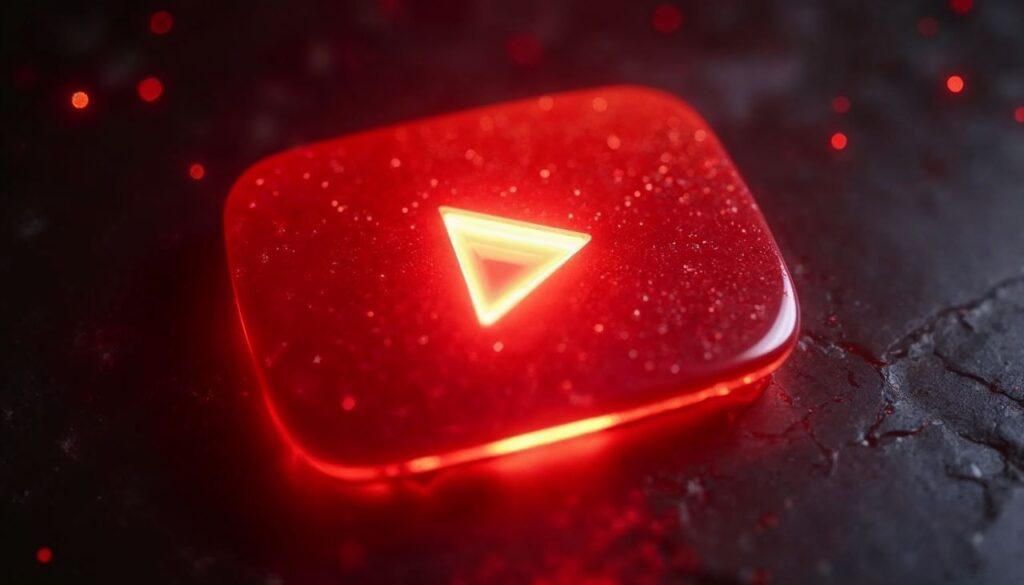Hey everyone! Today, I want to share my journey from getting fewer views than a Minecraft Let’s Player to having the algorithm send me 1,000 to 2,000 views every single hour. This transformation didn’t just blow up my subscriber count—it also helped me monetize this channel and several others, some of which only had one video! If you’re struggling to get traction on YouTube, stick around because I’m about to break it all down for you step by step.
A Step-by-Step Guide to Dominating the YouTube Algorithm

Step 1: Figure Out Why the Algorithm Isn’t Promoting Your Channel
Let’s start with the basics. Most people think the algorithm just hates them, but that’s not always the case. There’s a way to check if it’s really the algorithm or if there’s a deeper problem with your content. Here’s how:

- Go to YouTube Studio.
- Click on Content.
- Select a video you think the algorithm is ignoring (for example, one that’s been up for 2 years but only has 30 views).
- Hover over the Analytics button and click on it.
- Go to the Reach tab.
Here, you’ll see a metric called Impressions. This tells you how many times the algorithm has promoted your video. For example, one of my videos had only 9 views but 400 impressions. The problem? The video wasn’t enticing enough to viewers.
To confirm this, I checked the retention rate. By the 10-second mark, over 50% of viewers had left. As MrBeast famously said, “It’s not that the algorithm didn’t like the video—it’s that the audience didn’t like the video.”
This is tough love, but if you’re honest with yourself and check your analytics, you’ll likely find the same issue. Don’t worry, though—I’ll show you how to fix it.
Step 2: Analyze Your Competition and Find Winning Topics
If your content isn’t resonating, it’s time to look at what’s working for others in your niche. Here’s how I do it:
- Search for Umbrella Terms: Start typing broad terms related to your niche on YouTube. For example, if you run a “make money online” channel, search for terms like “passive income” or “side hustles.”
- Subscribe to Competitors: Open multiple videos from different channels, subscribe to them, and check out their recommended videos. This helps you build a list of competitors in your niche.
- Use Tools to Save Time: I use a tool called v (you can do this manually, but it’s time-consuming). It lets me track channels and analyze their most successful videos.
For example, I created a list of over 150 “make money online” channels and analyzed their top-performing videos. I filtered by views, duration, and date range to focus on recent, high-performing content.
Step 3: Identify Winning Topics and Formats
Once you’ve gathered data, it’s time to identify patterns. Look for topics that consistently perform well across multiple channels. For example, in the “make money online” niche, I noticed that passive income and interviewing millionaires were recurring themes.
Next, analyze the formats of these successful videos. Formats are the structures or styles of the videos (e.g., “Top 10 Tips,” “How I Made $X in Y Days”). To find trending formats:
- Use YouTube’s search filters or tools like v to sort videos by views, duration, and view-to-subscriber ratio.
- Look for patterns in titles and thumbnails. For example, I found that videos with titles like “What’s the Hardest Part of X?” or “How I Learned X in a Lazy Way” were performing well.
- Save these formats and brainstorm how you can adapt them to your niche.
Step 4: Combine Winning Topics with Trending Formats
Now comes the fun part: combining the winning topics you’ve identified with the trending formats. For example:
- If passive income is a winning topic and “What’s the Hardest Part of X?” is a trending format, you could create a video titled “What’s the Hardest Part of Building Passive Income?”
- If interviewing millionaires is a winning topic and “How I Learned X in a Lazy Way” is a trending format, you could create a video titled “How I Learned to Invest from a Millionaire (Without Studying).”
This approach works because you’re leveraging proven topics and formats that are already resonating with audiences.
Step 5: Create and Optimize Your Video
Once you’ve got your topic and format, it’s time to create your video. Here are a few tips to maximize its chances of success:
- Hook Viewers Early: The first 10 seconds are crucial. Use a strong hook to grab attention.
- Focus on Retention: Keep your content engaging throughout. If viewers drop off early, the algorithm won’t promote your video.
- Optimize Titles and Thumbnails: Make them eye-catching and relevant. Use tools like Canva or Photoshop to create professional thumbnails.
- Use Keywords: Include relevant keywords in your title, description, and tags to improve discoverability.
Step 6: Learn from Your Analytics
After publishing your video, monitor its performance. Check metrics like impressions, click-through rate (CTR), and retention rate. If the video isn’t performing as expected, go back to the drawing board and tweak your approach.
For example, one of my videos initially had low retention, so I re-edited the first 30 seconds to make it more engaging. After the update, the video started gaining traction and eventually went viral.
Real-Life Example: How I Blew Up a Video
I used this exact process to create a video titled “MrBeast Being a Genius for 4 Minutes Straight.” Here’s how it worked:
- Topic: MrBeast was a trending topic in my niche.
- Format: I adapted a format from another niche—a compilation video of Tom Holland being a meme.
- Result: The video got over 5 million views and 16,000 subscribers. It’s now generating almost 2,000 views every 48 hours, and 90% of those views come from the algorithm promoting it.
Final Thoughts: Work Smarter, Not Harder
The key to success on YouTube is working smarter, not harder. By analyzing your niche, identifying winning topics, and adapting trending formats, you can create videos that resonate with audiences and get love from the algorithm.
Yes, this process takes time and effort, but the payoff is worth it. One viral video can change everything—it can blow up your channel, bring in subscribers, and even open up new monetization opportunities.
If you’re ready to take your channel to the next level, start by analyzing your niche and experimenting with the strategies I’ve shared. And if you want to save time, consider using tools like v to streamline your research.
That’s it for today! If you found this guide helpful, give it a thumbs up and let me know in the comments what strategies you’re going to try first. And don’t forget to subscribe for more tips on growing your YouTube channel. See you in the next video! 🚀




